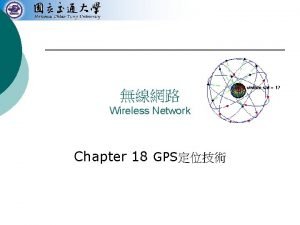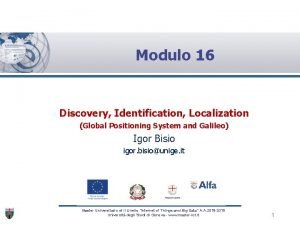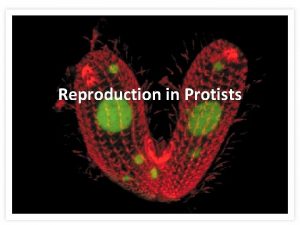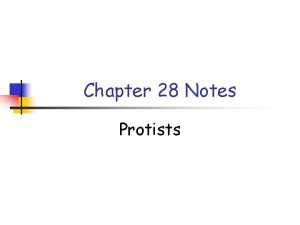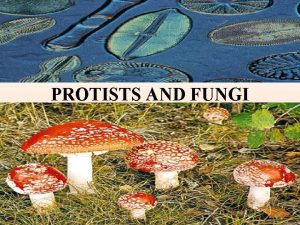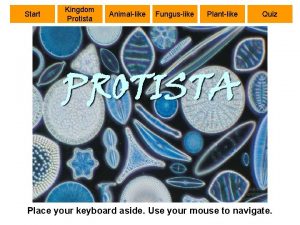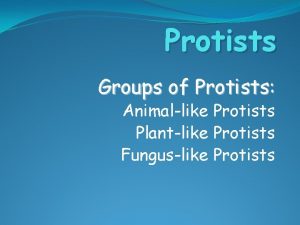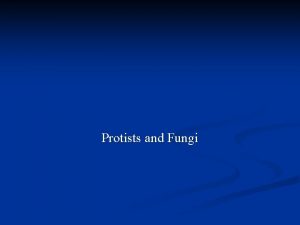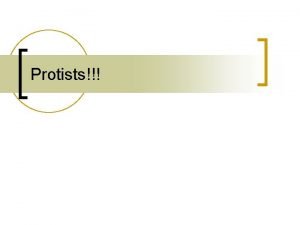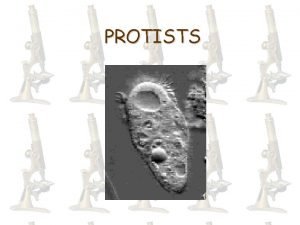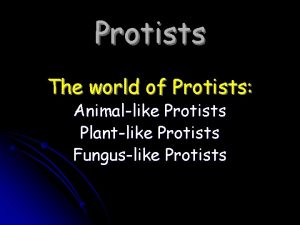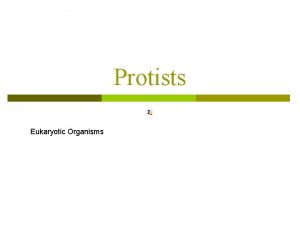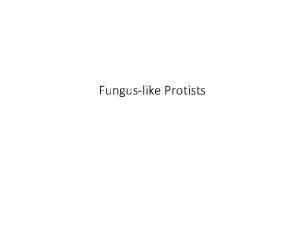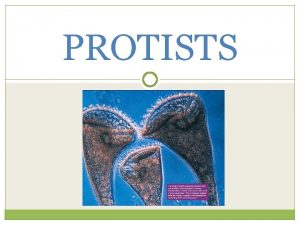Reproduction in Protists GPS and EQ GPS 07










- Slides: 10

Reproduction in Protists

GPS and EQ • GPS. 07. SC. C. S 7 L 3. b. - Compare and contrast that organisms reproduce asexually and sexually (bacteria, protists, fungi, plants & animals). • E. Q. : How do protists reproduce?

Characteristics of Protista • • Eukaryotic (have a nucleus) Usually Single Celled Live in moist environments Reproduce asexually or sexually

Three Groups of Protists • Plant-like: Algae • Fungus-Like: Water Molds, Slime Molds • Animal-Like: Protozoa

Protist Reproduction Asexual reproduction occurs by mitosis. Sexual reproduction involves the exchange of genetic material across a cytoplasmic bridge.

Mitosis: Asexual Reproduction

Conjugation • Protists can also transfer DNA BETWEEN 2 protist cells (called conjugation). Sexual

Meiosis: Sexual Reproduction What happens in meiosis? • The events in meiosis are smooth and continuous: – Chromosomes double and thicken. – Nuclear membrane disappears. – Homologous chromosomes line up a the cell’s center. – Spindle fibers attach. – The nuclear membrane reforms. – Two cells form that are identical and diploid.

What happens in meiosis? • In the second division, the chromosomes do not double. – Chromosomes thicken and line up at cell’s center. – Spindle fibers attach. – Chromosomes are pulled to opposite side of cell by spindle fibers. – Four new cells form when the nuclear membranes reform and cells separate. – The four new cells are unique and haploid so they have half the number of chromosomes compared to starting cells.

Summary: Compare and Contrast Reproduction in Bacteria and Protists Bacteria Protists
 Gps gps gps
Gps gps gps Modulo positioning
Modulo positioning Do protists reproduce sexually
Do protists reproduce sexually Hare lynx
Hare lynx Sexual and asexual reproduction venn diagram
Sexual and asexual reproduction venn diagram Venn diagram of sexual and asexual reproduction in animals
Venn diagram of sexual and asexual reproduction in animals What is the odds and ends kingdom
What is the odds and ends kingdom Are protists eukaryotic
Are protists eukaryotic Structural and functional diversity in protists
Structural and functional diversity in protists Protists and fungi differences
Protists and fungi differences Quiz 2: animal-like protists
Quiz 2: animal-like protists
